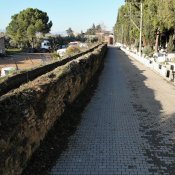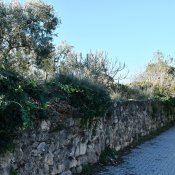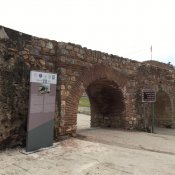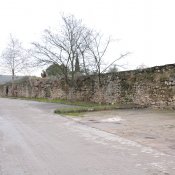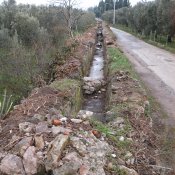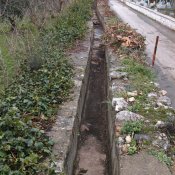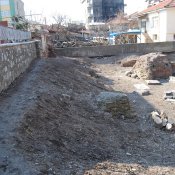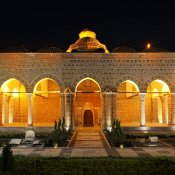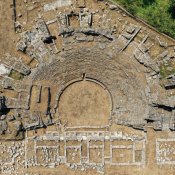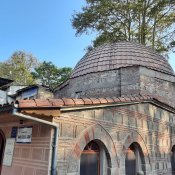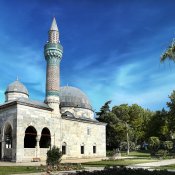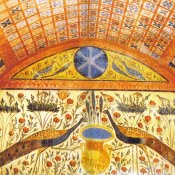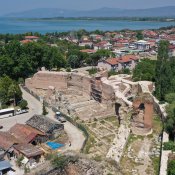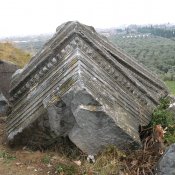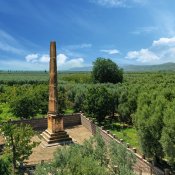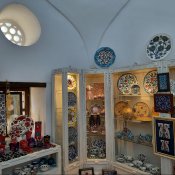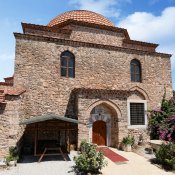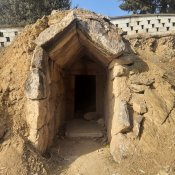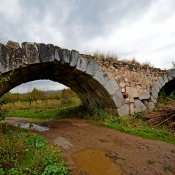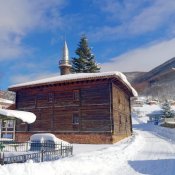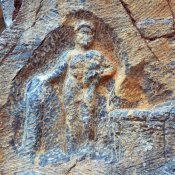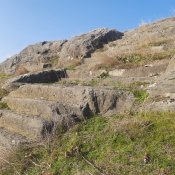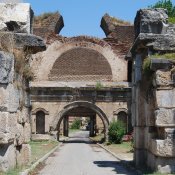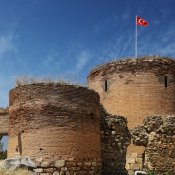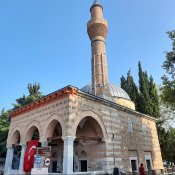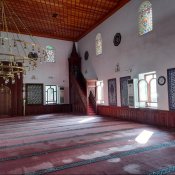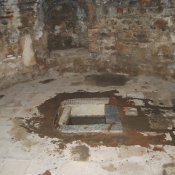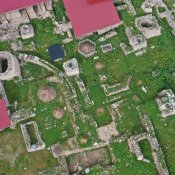AQUEDUCTS
AQUEDUCTS
It was constructed in the Roman Empire Period to meet the water need of Nicaea (İznik) City. The spring water that was obtained from Katırcı Den on the foothills of Elmalı Mountain and the cave along Berberkaya in the east of the City was transmitted to Lefke Gate and into the city from there through the aqueducts. The aqueducts ordered by the Roman Emperor Hadrian (117-138 AD) were used until the recent time. The aqueduct, which is approximately 1 km long, has conduit depth of 0.50 meter and width of 0.45 meter. According to an inscription, it is concluded that importance was placed to the protection and cleaning of spring and water system in Nicaea City in the Roman Empire Period. According to such inscription, Hadrian ordered people living around the water conduit not to enter the conduit and not to damage the conduit and the trees around it; otherwise, they would be punished.
The water obtained from the spring was rested and stored in a pool before it was transmitted to the city through the aqueducts. Then, the water was transmitted into the city through the aqueducts made of rubble stone, bricks and spolia materials. For the aqueducts that actively met the water need of the city in the Byzantium and Ottoman Periods; a fountain with a tank was constructed in the part of Lefke Gate facing to the city center in the Ottoman Period. The aqueduct and the fountain were used until the 20th century. A significant part of the aqueducts belonging to the water system that was repaired for many times ever since its time of construction was filled and converted into walls. The conduit aqueducts that make up the water system can be most visibly viewed in the parts near Lefke Gate. Currently, the aqueduct is partially destroyed because it was exposed to dense flora and modern interventions.



